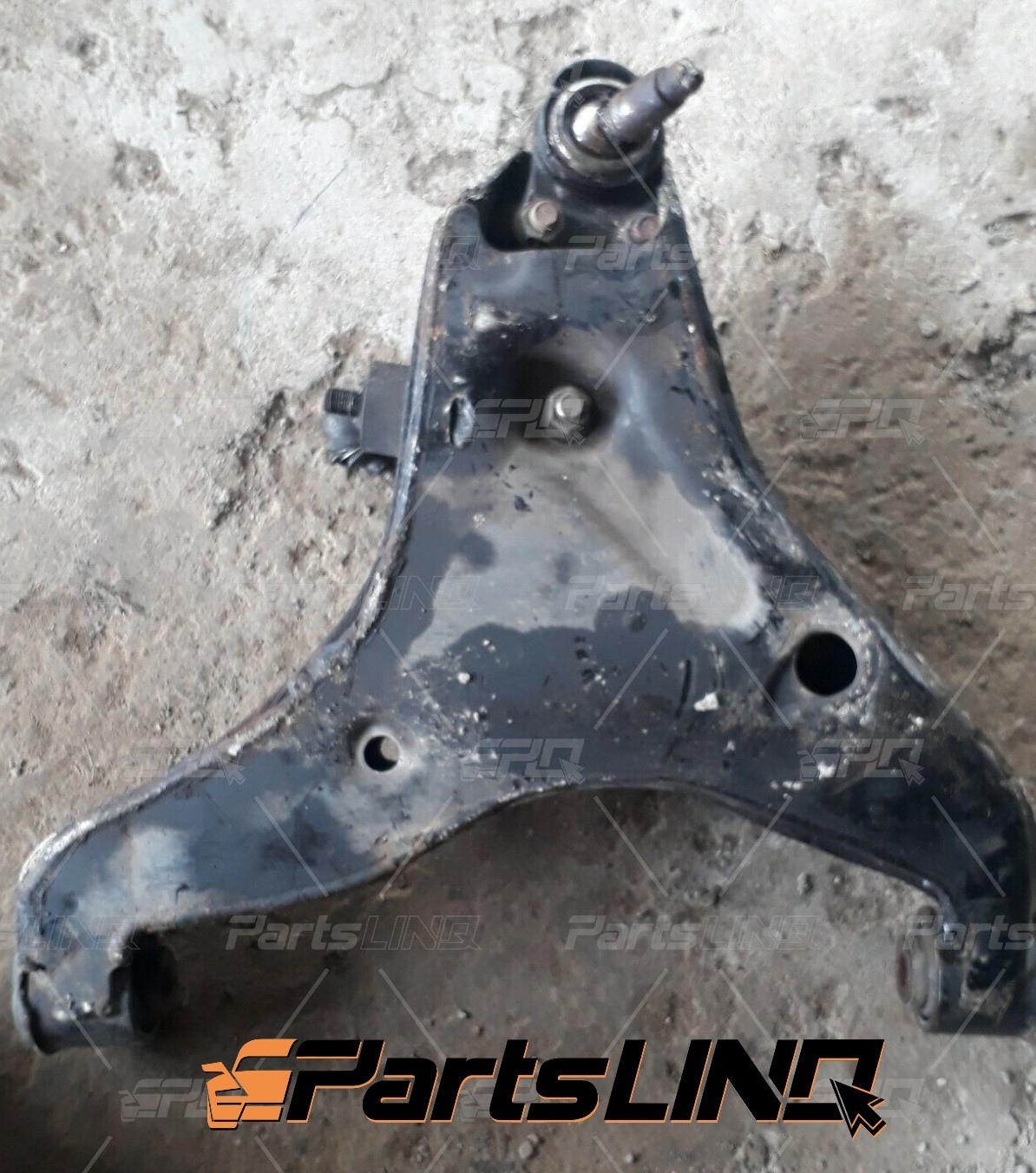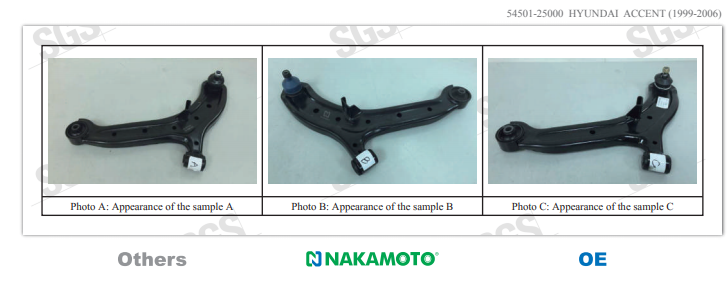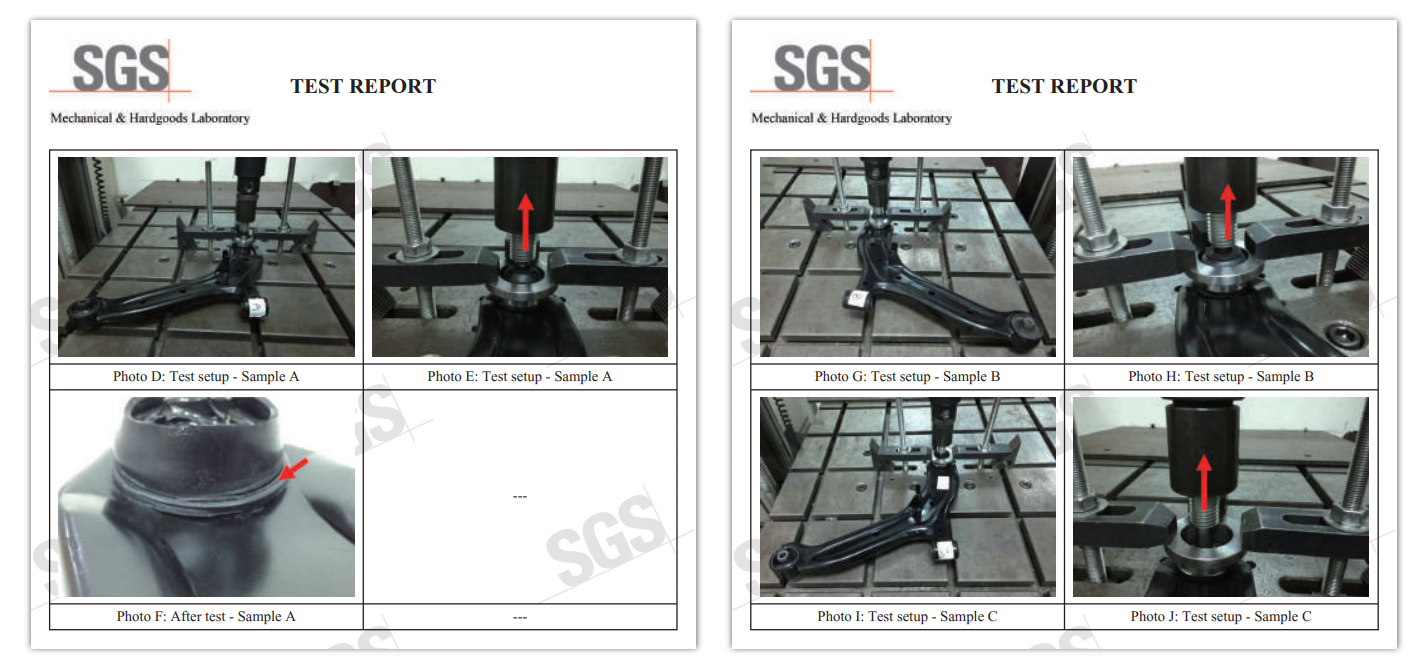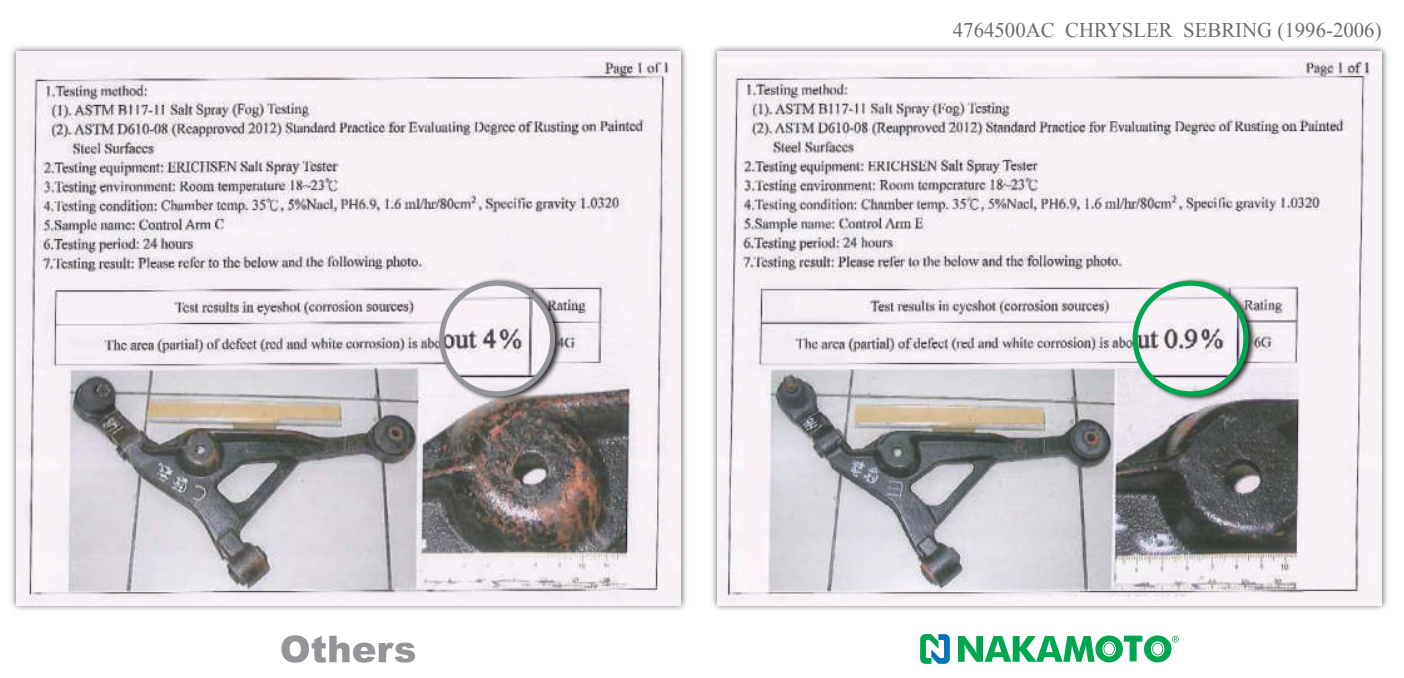During our 24/7 online technician support services, we often receive questions from our clients asking several scenarios of the car, and the most frequent one is about what happens when control arm goes bad. So let me put it straight, when a control arm goes bad, you can hardly ignore it, because it usually comes with noises and you can feel the car squeak while driving.

In the last article, we revealed the hidden secrets behind how the manufacturing process affects the quality of control arms and how ball joints reinforcement matters. Continued in this article, we will tell you how to tell if you are getting high-quality suspension parts and make sure you get what you pay.
【FACT 1.】Material – Aluminum v.s. Steel, Which is better?
The most common material for control arms is aluminum and steel, both are applied in OE (original equipment) and AM (Aftermarket), have you ever wondered the difference and the pros and cons? Check out the pros & cons, and pick the most suitable material for your part replacement now!
| Material | Pros | Cons | Price |
|---|---|---|---|
| Cast Aluminum | Lighter Weight, Anti-Corrosive, Noise Damping | Doesn't Absorb Vibration, Easier to Crack than Bend | More Expensive |
| Cast Steel | Strength & Durability, Tend to bend than crack, Absorb Vibration, Most Common Material to Source for Replacement | Heavier Weight, Anti-corrosive depending on surface treatment, | Less Expensive |
【FACT 2.】Same Material, Different Load Capacity
As the pivot point for the suspension and steering system, the load capacity of the steel plate and ball joint need to be strong enough to support and to prevent possible breaking-out of the ball joint or steel plate cracking. Reasons resulted in the broken control arms are many, from material (whether is made in cast iron or stamped iron) to welding (if reinforced properly by complete welded, or just spot-welded).

These factors are hard to tell simply looking at the picture or even gazing with your bare eyes, only is it possible to know after properly tested from the professional laboratory by specific machine.
Pullout Force Test :
Designed to a specific geometry will produce results (pull-out forces) that closely correlate to the compressive strength of concrete and can be used to compare the load capacity of control arms.
Below let’s look at the test report example from our Affiliate Partner – Nakamoto Industrial, the comparison between OE, Nakamoto, and other aftermarket brands.

With less than 70% load, the A sample (other aftermarket brands) begins to fail. The base was deformed and testing was terminated.

【FACT 3.】The Devil is in the Coated Surface
Like all suspension and steering components, control arms are highly susceptible to corrosion. When control arms begin to rust, the structural integrity and durability of the control arm become compromised.
Via salt spray testing, we could easily see how the coated process affects greatly the outcome within just 24 hours.

【WHERE TO BUY】
Lastly, if you are looking for high quality control arms with fair price, check out our webstore for the complete coverage of our selection. (CLICK HERE)

Till next time, stay tuned!
Looking for parts? Find more on PartsLINQ Webstore
FB : PartsLINQ
IG : Partslinq
